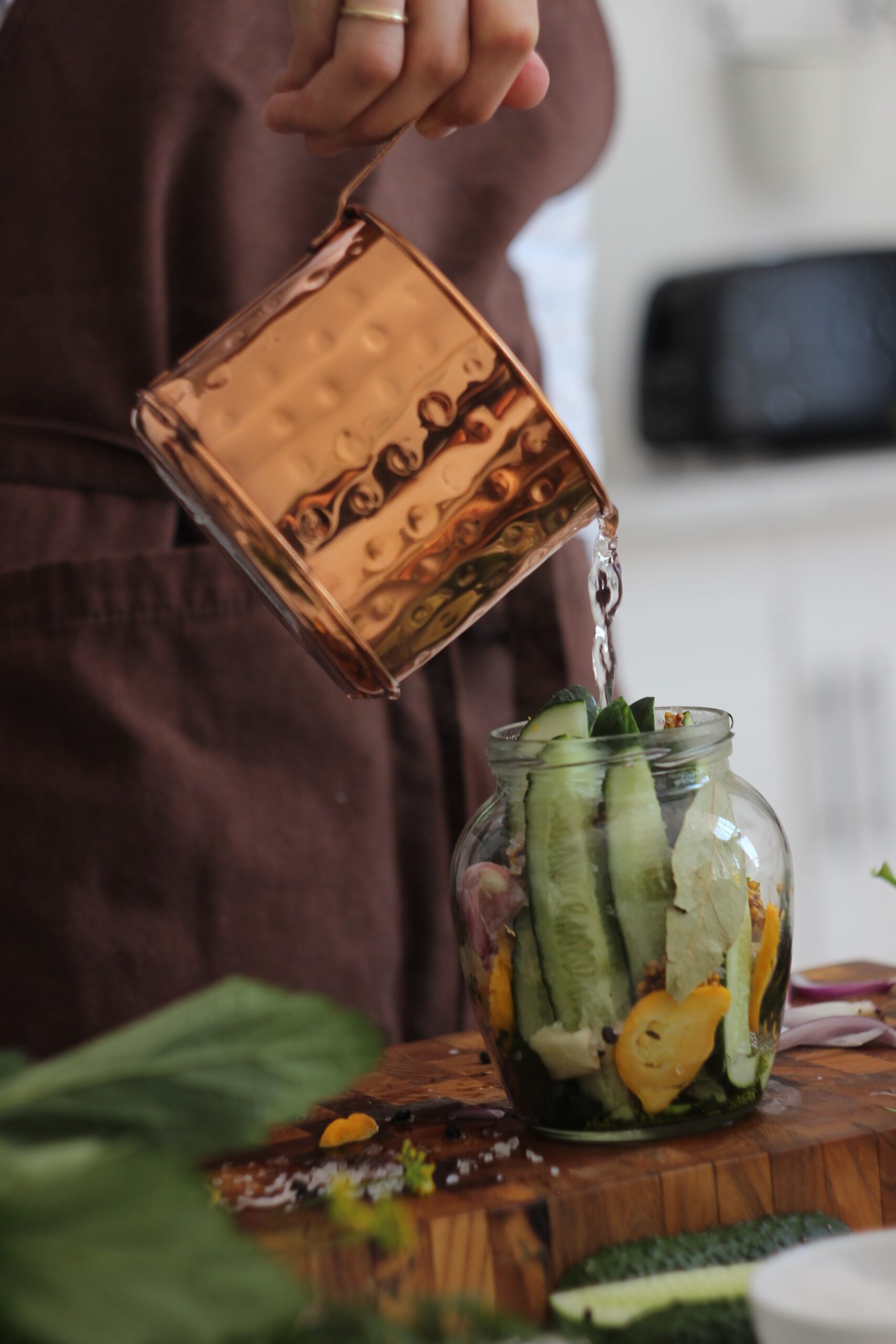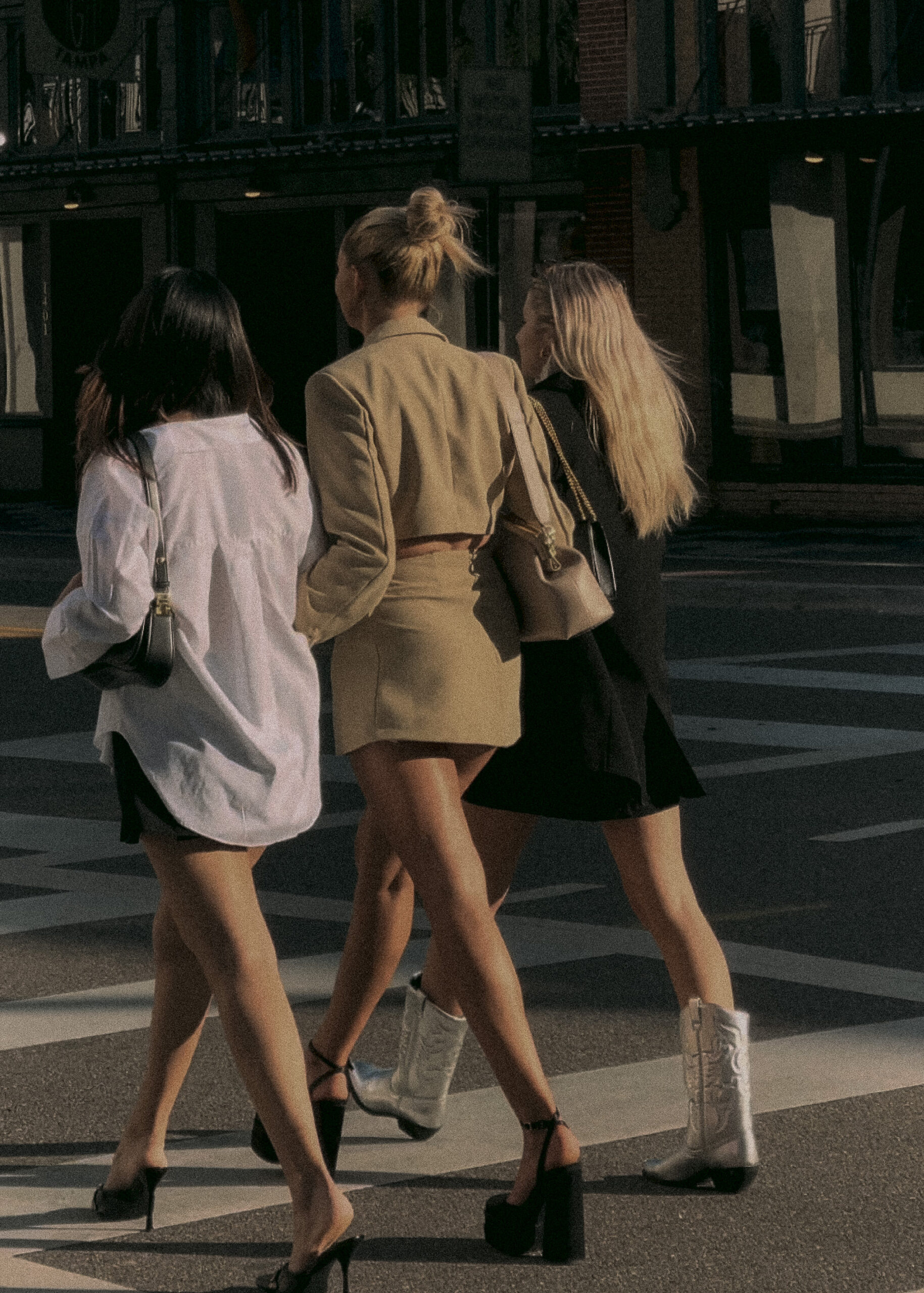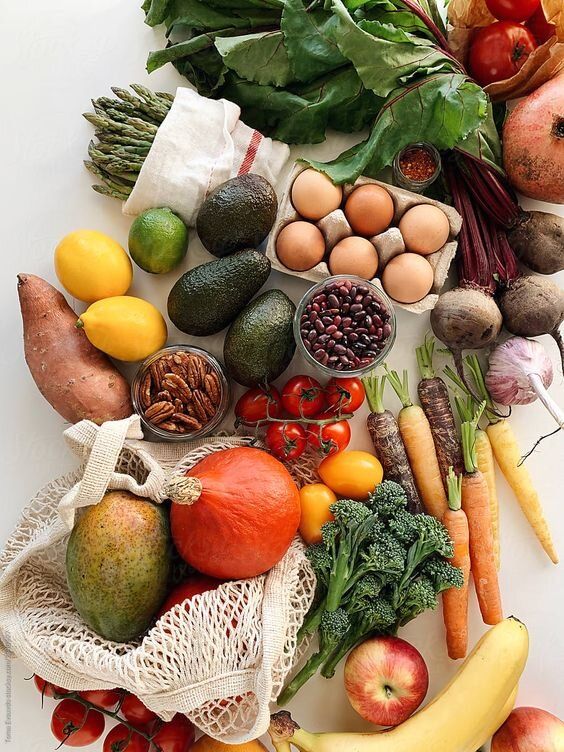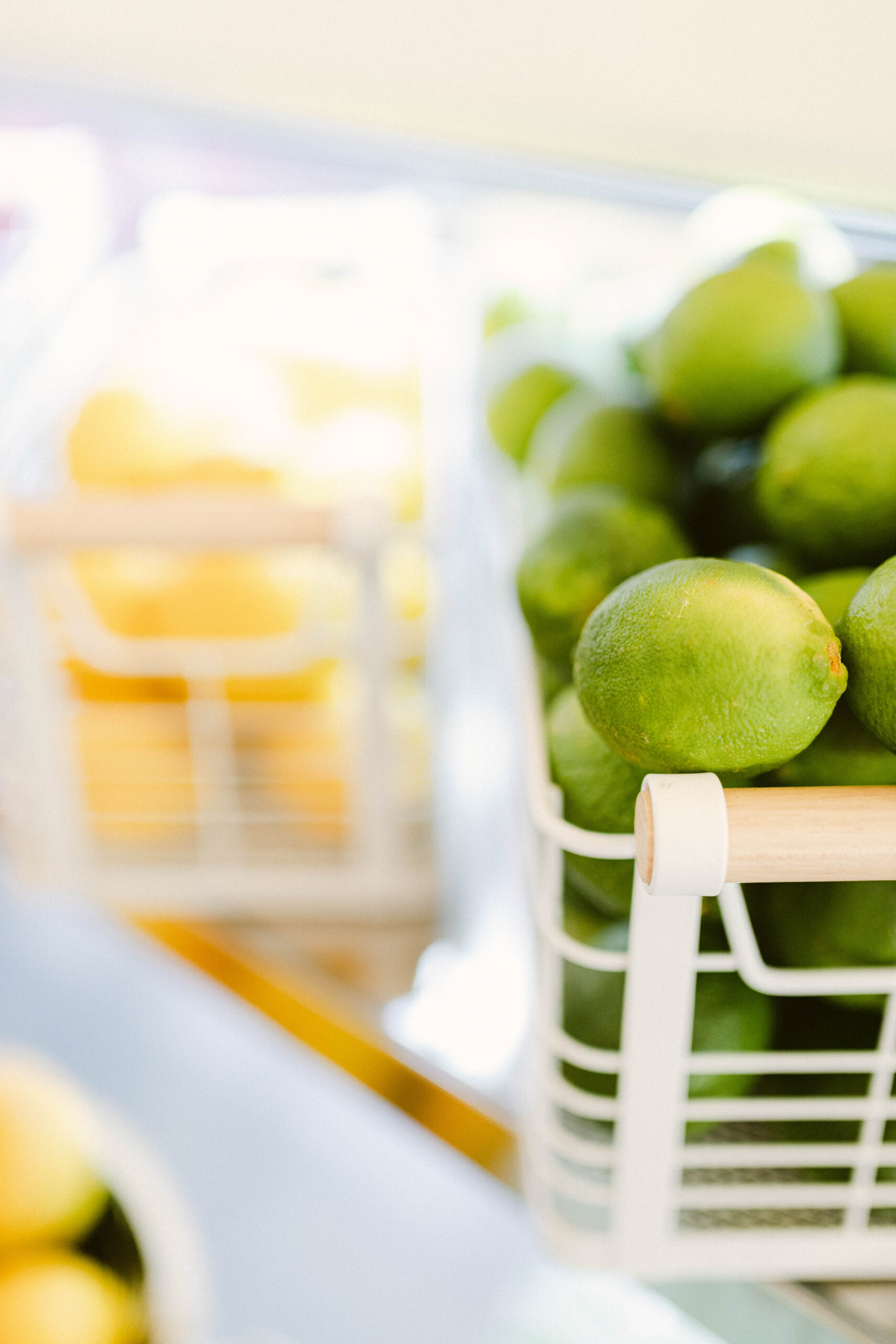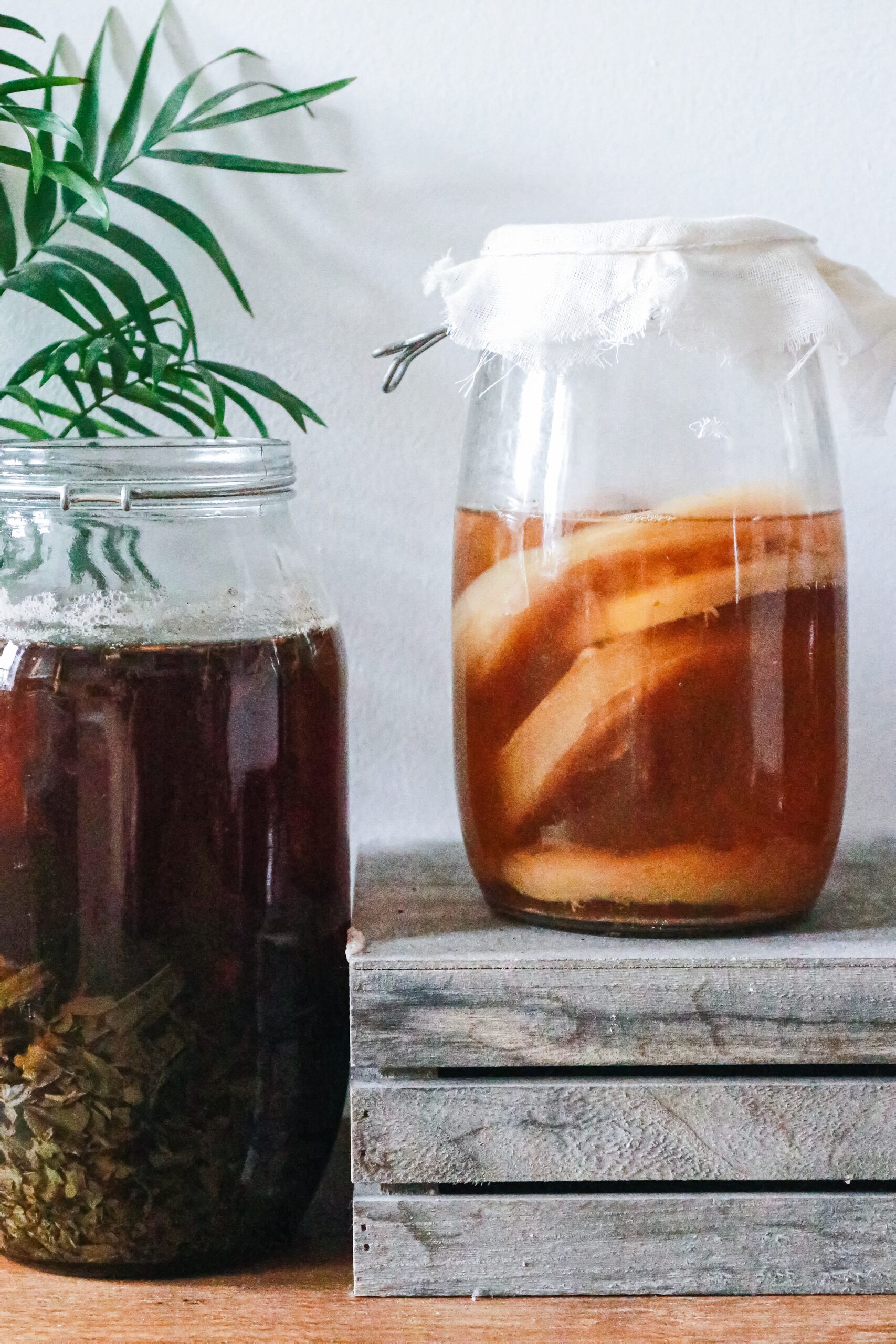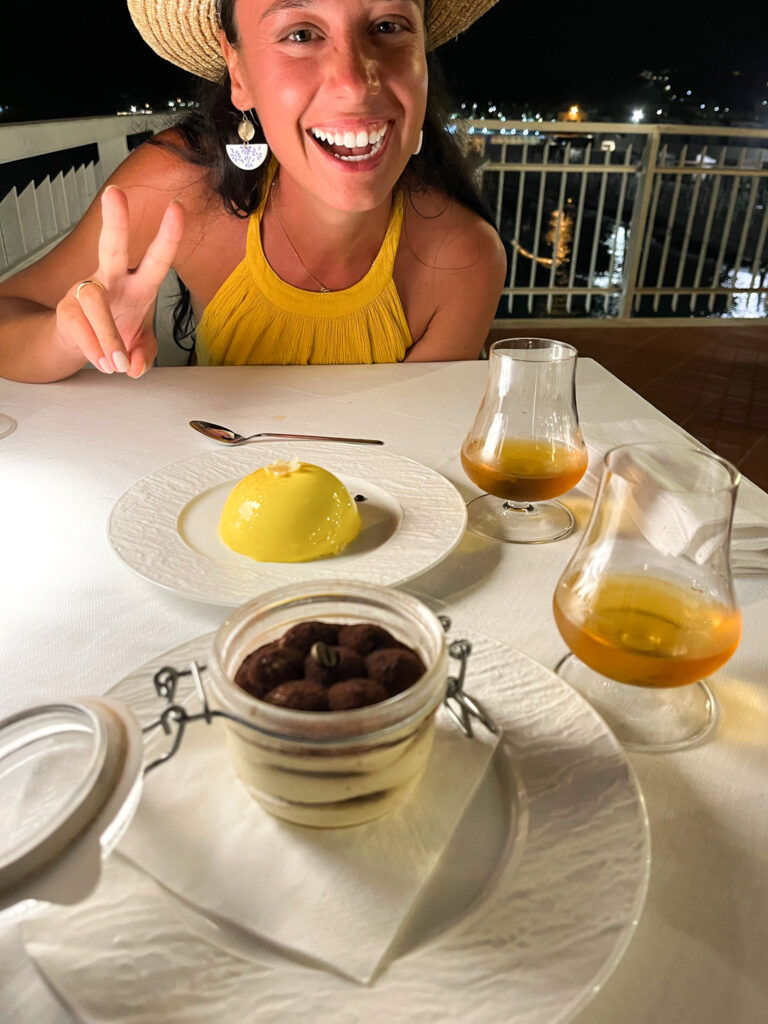
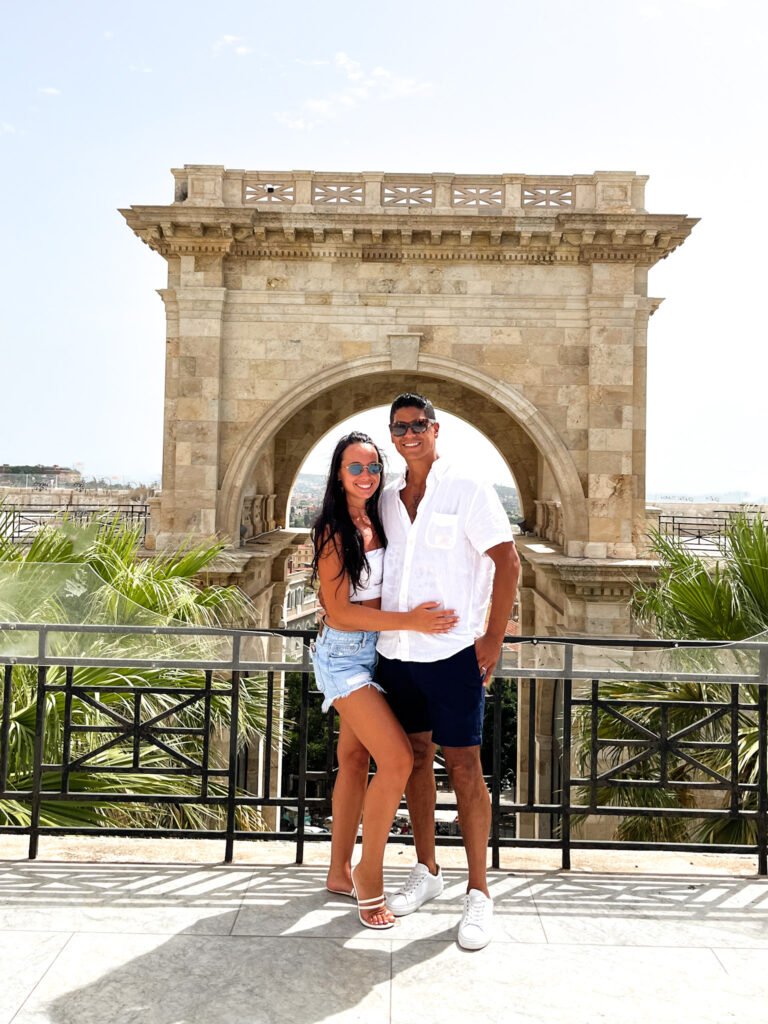
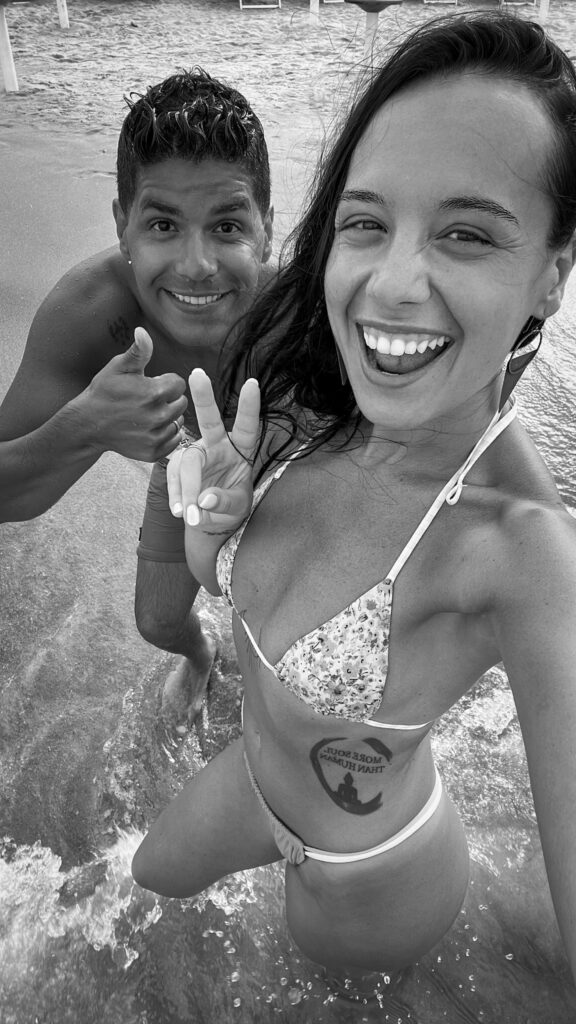
Just this past year, my husband Danny and I went to Sardinia for our honeymoon. We had heard so much about the beauty of the island and were planning to spend a lot of time soaking up the sun and exploring the local culture. Little did we know that we were about to learn so much more than just what makes Sardinia special! While there, we learned more about the concept of a blue zone diet and lifestyle, which is something that has completely changed how I think about my health and well-being.
What is a Blue Zone Diet?
A blue zone diet is based on research conducted by Dan Buettner, who studied five areas around the globe where people tend to live longer than most. These “blue zones” included Ikaria (Greece), Okinawa (Japan), Loma Linda (California), Nicoya (Costa Rica), and Sardinia (Italy). Through his research, he found that each area had several key factors in common that contributed to their longevity: diet, exercise, community support, lifelong purpose, and stress management.
The most important factor that Buettner found was diet — specifically a primarily plant-based diet filled with beans, nuts, fruits, and vegetables. The diets varied slightly from place to place but they all centered around a few main principles such as eating whole foods in moderation, consuming healthy fats like olive oil or avocados instead of processed oils or fried foods, snacking on nuts for protein instead of processed meats or cheese, avoiding sugar as much as possible and replacing sugary drinks with water or herbal teas.
After learning more about the blue zone lifestyle during our honeymoon in Sardinia last year, I decided to make some changes in my own life based on what I learned. One of the first things I did was shift my focus from calorie counting to nutrient density — making sure that every meal was packed with vitamins and minerals instead of empty calories. This change wasn’t just better for me nutritionally; it also made me feel fuller faster because I was satiating my hunger with nutrient-dense foods rather than empty calories. Along with this shift came an increased awareness of where my food comes from — if possible, buying locally grown produce or grass-fed animal products — as well as an emphasis on incorporating more Mediterranean staples into my meals like olive oil and herbs like rosemary or oregano.
All in all, learning about the blue zone diet while traveling through Sardinia has been one of the best gifts Danny and I could have received on our honeymoon! Not only does it give me peace of mind knowing that I am taking steps towards living a healthier life but it also encourages us both to explore different cultures through travel around the world! Whether you’re looking for ways to improve your overall health or wanting new ways to experience other places around the globe – adding some elements from a blue zone lifestyle into your daily routine will be sure to help you achieve both!

